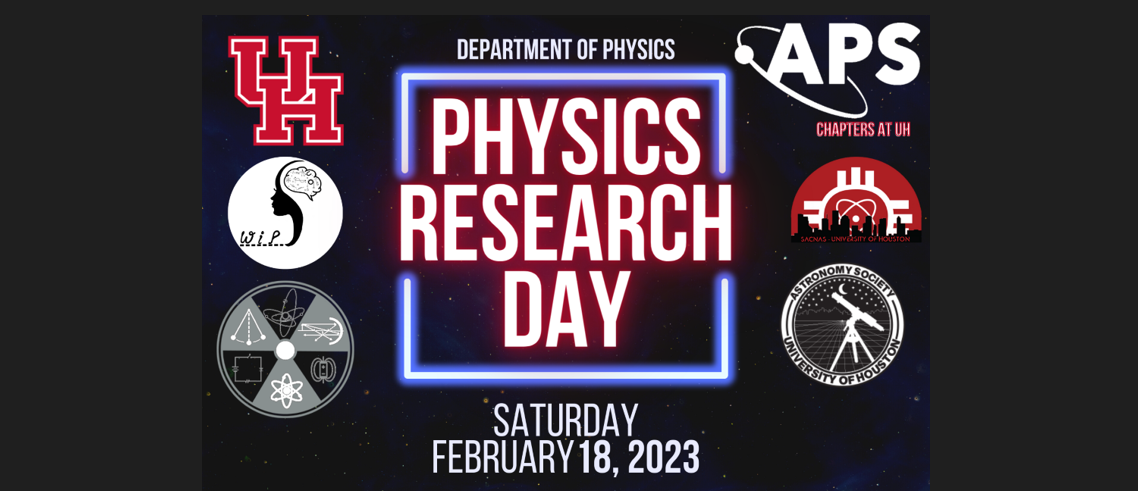Speaker
Description
During a stellar core collapse, a large flux of neutrinos (1-100 MeV) is produced, escaping the core before any light can. If detected, these neutrinos can play a crucial role in providing both preliminary evidence of a stellar collapse, and an understanding of the mechanisms behind it.
The SuperNova Early Warning System 2.0 (SNEWS 2.0) is a worldwide network of neutrino detectors whose primary purpose is to detect supernova neutrinos. Armed with a diverse array of neutrino detectors, SNEWS 2.0 can triangulate a supernova’s direction and notify astronomers up to one day before any photons reach Earth. SNEWS 2.0 has streamlined the connection between the host server and all participating detector by having SNEWS collaborators use its home-brewed Python API, allowing participating detector to connect to SNEWS with minimal coding overhead.
With the discovery of Coherent Elastic Neutrino-Nucleus Scattering (CE$\nu$NS) proving that low-energy nuclear scatterings are observable within noble liquid detectors, next generation of ultra-sensitive dark matter detectors will be suitable for observing the neutrinos from a supernova. Thanks to its 50 kt liquid argon time projection chamber (TPC) Darkside-20K will be capable of observing several dozen CE$\nu$NS during the first 0.25 sec of a core collapse. These signals are prevalent near the noise the threshold. The Darkside-20K supernova trigger must be able to identify these events and quickly notify the SNEWS network. To accomplish this, a recurrent neural network (RNN) pipeline will be designed to trigger on any outlying events in a time sequence from the noise spectrum, said outlier(s) will then be analyzed to confirm they meet CE$\nu$NS characteristics, finally triggering Darkside-20K to send an alert to SNEWS.
The work presented will showcase development of the SNEWS 2.0 communications API, how RNNs such as Long-Short Term Memory (LSTM) and Gated Recurrent Unit (GRU) will leveraged on Darkside-20K's supernova trigger, and the Monte Carlo simulations being developed to understand Darkside-20K's response to a supernova neutrino flux and train the neural networks.
| Academic year | 4th year |
|---|---|
| Research Advisor | Dr. Andrew Renshaw |
